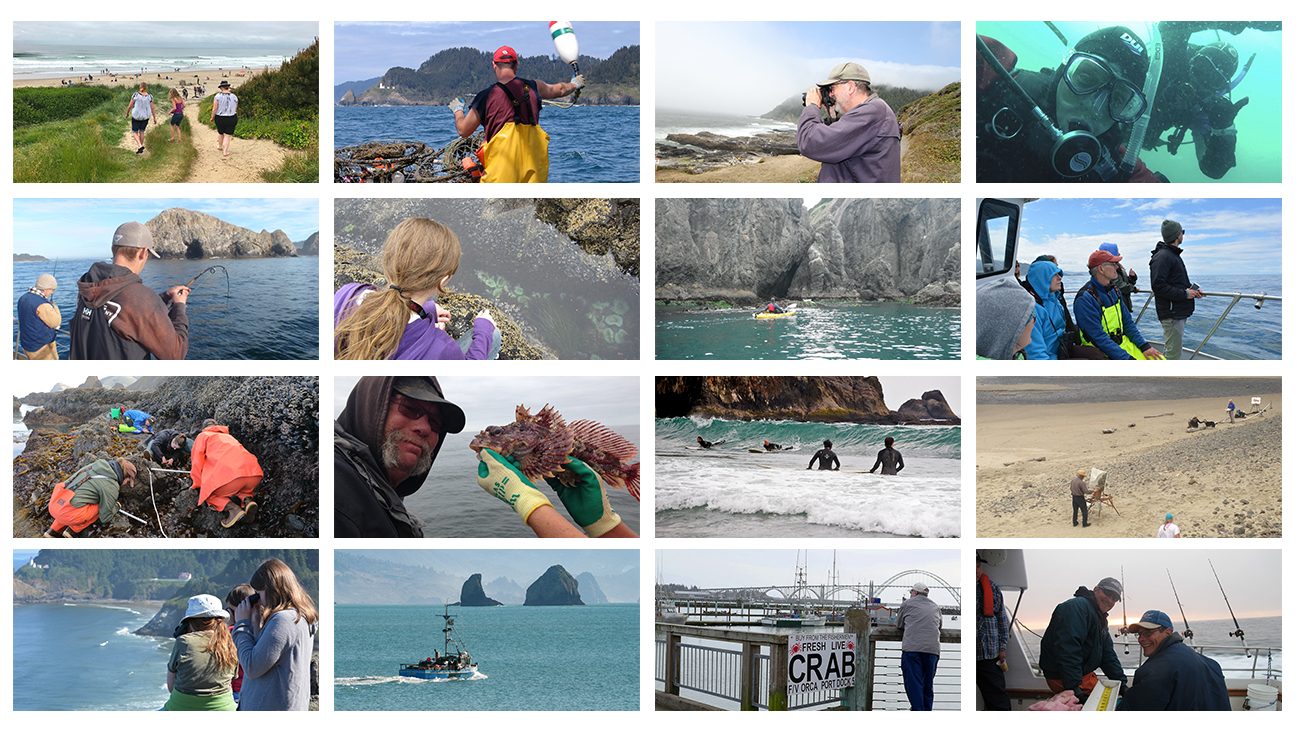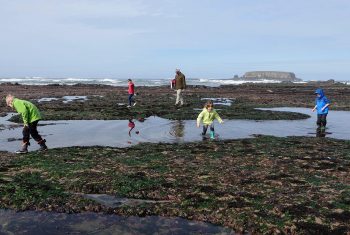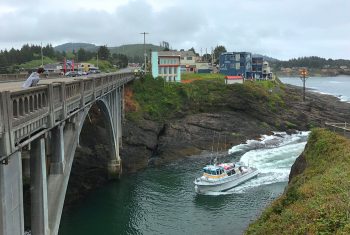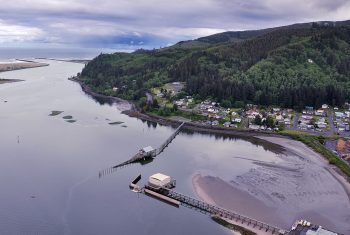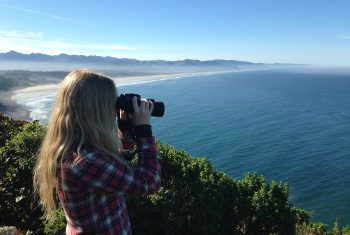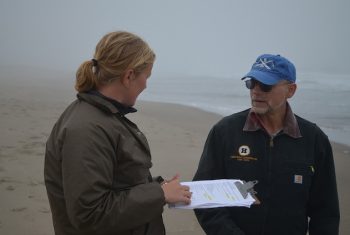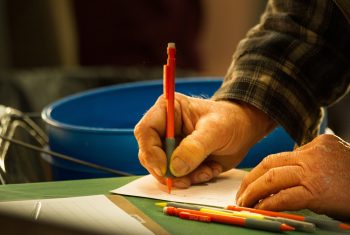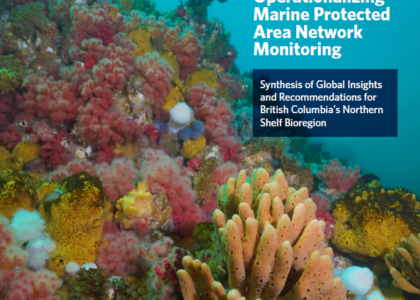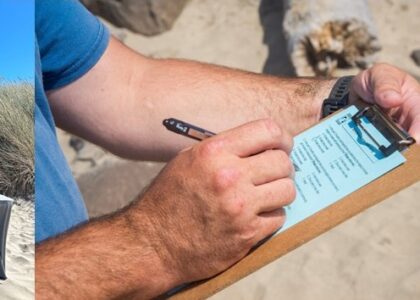Human dimensions research looks at the different ways humans use, experience, value, and depend on the natural environment. Oregon’s marine reserves are a staging ground for studying the human social interactions that surround natural resource issues. This “natural laboratory” is valuable for understanding current and long-term impacts of conservation and management decisions on people and communities.
Here you can explore more about the research being conducted by ODFW and our partners. We also welcome you to explore the Human Dimensions Research Monitoring Plan as well as infographics, reports, and more in our Resource Library.
What Do We Study?
Our research focuses on understanding the different ways that people and communities may be affected by the marine reserves.
When conservation strategies such as marine reserves are introduced they can create positive changes – such as increased tourism dollars to small businesses; negative changes – such as increased feelings of distrust towards government or loss of income to fishermen; or no changes at all.
Our research is looking to understand the potential effects of marine reserves on different types of stakeholder groups — from commercial and charter fishermen, to recreational visitors, to coastal residents and business owners, and more.
RESEARCH QUESTIONS
- Are people knowledgeable about the marine reserves?
- What are the public’s attitudes about the marine reserves?
- What are the economic impacts of the marine reserves on fishermen?
- What are other significant economic impacts of the marine reserves on local communities?
- What are the social impacts of the marine reserves?
We also want to know if these change over time, and if long-term impacts are different from short-term or initial impacts.
BROADER QUESTIONS
We’ve also developed some broader research questions to help increase knowledge and understanding of social relationships that can be used to support future ocean management and policy making.
- How do social and cultural values shape the way communities manage and relate to the ocean?
- How do coastal communities adapt to social, political, or ecological change?
- Under what circumstances is it possible for different stakeholder groups to come together and make difficult decisions about ocean management?
- How do we build community resilience to risk?
Our Approach
We are working in close collaboration with a number of research partners from universities and the private sector. Together we study the human dimensions of the marine reserves using multiple social scientific methods – including economics, sociology, anthropology, and political science. Some of our studies provide quantitative information, while others provide qualitative or descriptive information. Our partners also provide advice, lend different expertise, and help us round out our research program.
TYPES OF RESEARCH PROJECTS
Our research falls into four main categories. We are conducting a variety of studies in each category to address our research questions and to better understand the range of effects the reserves may have on people and communities.
1. Characterizations of Communities
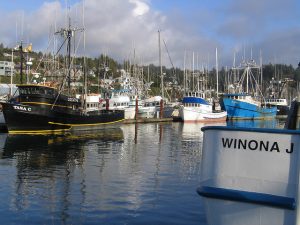 We are developing general characterizations of the coastal communities most directly tied to each of the marine reserve sites. Characterizations include information such as historical records; demographics such as employment data; social structure; tribal or spiritual connections; cultural and social events; and economic drivers of the local economy. These characterizations set the “back story” and provide context to help us understand effects we might observe over time for these communities.
We are developing general characterizations of the coastal communities most directly tied to each of the marine reserve sites. Characterizations include information such as historical records; demographics such as employment data; social structure; tribal or spiritual connections; cultural and social events; and economic drivers of the local economy. These characterizations set the “back story” and provide context to help us understand effects we might observe over time for these communities.
Example: Learn about what makes some Oregon coastal communities more or less resilient to external stressors such as fisheries closures, economic downturns, or natural disasters here.
2. Direct Uses of Coastal Environments
Fishing:
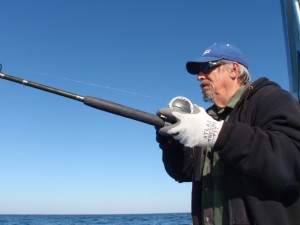 To understand commercial and recreational fishing patterns associated with marine reserve areas, our studies analyze existing data from sources such as logbooks and fish landings, as well as new data collected from observations, interviews, and surveys. These analyses allow us to identify physical areas of use, which fisheries were conducted in these areas, and which communities may be affected from displacement or disruption of these activities.
To understand commercial and recreational fishing patterns associated with marine reserve areas, our studies analyze existing data from sources such as logbooks and fish landings, as well as new data collected from observations, interviews, and surveys. These analyses allow us to identify physical areas of use, which fisheries were conducted in these areas, and which communities may be affected from displacement or disruption of these activities.
Example: Learn about shifts in fishing effort and familial successional planning in Oregon’s nearshore commercial fisheries here
Recreation and Aesthetic Engagement:
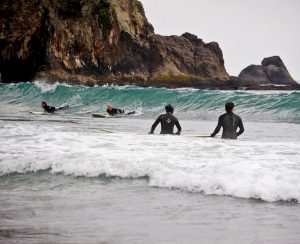 To understand other types of recreational uses and aesthetic engagement with the coast, we are gathering existing and new data from visitor interviews and surveys. This allows us to understand what uses presently exist, and to monitor changes which may occur with implementation of the reserves. Social and economic data are also collected from the users of these areas.
To understand other types of recreational uses and aesthetic engagement with the coast, we are gathering existing and new data from visitor interviews and surveys. This allows us to understand what uses presently exist, and to monitor changes which may occur with implementation of the reserves. Social and economic data are also collected from the users of these areas.
Example: Explore who is visiting the marine reserves and why here
3. Attitudes and Perceptions of Implementation and Management
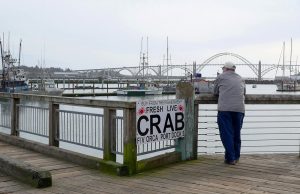 We are looking to understand the knowledge, attitudes, and perceptions of stakeholders, coastal businesses, and other Oregon residents pertaining to the purpose, regulations, monitoring and research, management, outreach, and enforcement of the marine reserves.
We are looking to understand the knowledge, attitudes, and perceptions of stakeholders, coastal businesses, and other Oregon residents pertaining to the purpose, regulations, monitoring and research, management, outreach, and enforcement of the marine reserves.
Example: Learn more about who people trust to manage areas of the ocean here
4. Social and Environmental Values
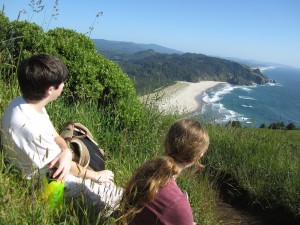 To gain a more complete understanding of how Oregon residents value the ocean and the marine reserves, this research examines the values associated with the natural resources and ecological characteristics of these areas, as well as how these values may be different across stakeholders, communities, and among the general public.
To gain a more complete understanding of how Oregon residents value the ocean and the marine reserves, this research examines the values associated with the natural resources and ecological characteristics of these areas, as well as how these values may be different across stakeholders, communities, and among the general public.
Example: See the ways in which people are worried about the ocean here
Explore More Research Projects
Want to explore more research? Visit our Resource Library to find infographics, reports, publications, and more.
